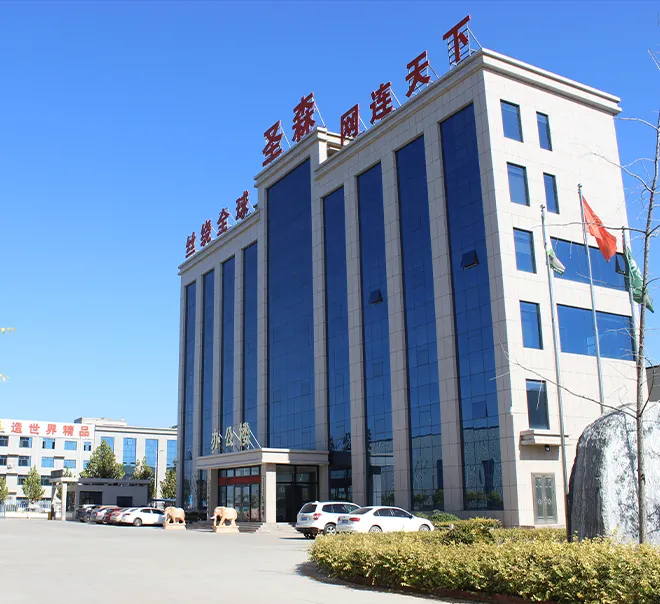-
 Phone:
Phone: -
 Email:
Email:

Effective Solutions for Rockfall Mitigation Using Innovative Netting Techniques in Mountainous Areas
Rockfall Netting Essential Protection for Slopes and Infrastructure
Rockfall poses a significant risk to structures, roads, and ecosystems situated at the base of steep slopes and mountainous regions. In efforts to mitigate such hazards, rockfall netting has emerged as an essential tool in geotechnical engineering and environmental management. This innovative solution is designed to control rockfall events, preventing loose debris from tumbling down slopes, which can be a significant threat to both public safety and infrastructure integrity.
What is Rockfall Netting?
Rockfall netting consists of a system of mesh or net-like structures that are anchored into hillside or slope surfaces to catch and stabilize falling rocks. Typically made from durable materials such as high-tensile steel wire or synthetic fibers, these nets are engineered to withstand the forces exerted by rockfalls, effectively preventing debris from reaching lower areas. The application of rockfall netting can be seen in various settings, including highway cut slopes, railway embankments, and mountainous areas popular for recreational activities.
Benefits of Rockfall Netting
1. Safety Enhancement The foremost advantage of rockfall netting is the enhanced safety it provides. By containing falling rocks, netting minimizes the risk of injury or fatalities to individuals in the vicinity and protects vehicles travelling along roads or railways below. This is particularly critical in regions prone to geological instability.
2. Infrastructure Protection Rockfall events can cause significant damage to infrastructure, leading to costly repairs and potential prolonged road closures. The installation of netting systems helps to safeguard bridges, tunnels, and other essential structures from rock impacts, thereby extending their lifespan and maintaining operational integrity.
rockfall netting

3. Environmental Sustainability Unlike traditional methods such as retaining walls, which can alter the natural landscape, rockfall netting integrates more seamlessly into the environment. By allowing vegetation to grow through and around the netting, the natural habitat is preserved, while still providing necessary protection against rockfalls.
4. Cost-Effectiveness While the initial installation of rockfall netting can be an investment, it often proves to be cost-effective in the long term. Reduced maintenance costs due to fewer rockfall incidents, minimized damage to infrastructure, and lower accident-related expenses can offset the initial outlay, making rockfall netting a prudent choice for many projects.
Installation and Maintenance Considerations
The installation of rockfall netting requires careful planning and design consideration. Engineers must conduct thorough geological assessments to determine the specific risks associated with a given slope. Factors such as soil composition, the history of rockfall incidents, and slope angle are critical in deciding the type of netting system to be used.
Once installed, regular inspections and maintenance are vital to ensure the effectiveness of the netting. Over time, weather conditions, erosion, and vegetation growth can impact the integrity of the net. Routine checks allow for timely repairs or adjustments, ensuring the continued protection of the area.
Conclusion
Rockfall netting is a vital component in mitigating the risks associated with landslides and falling debris on steep terrains. By enhancing safety, protecting infrastructure, and remaining environmentally conscious, it is an effective solution for communities facing geological challenges. As climate change continues to impact weather patterns and increase the frequency of geological events, the importance of sustainable solutions like rockfall netting will undoubtedly grow, keeping both people and property safe from nature’s unpredictable force.
-
Wire Mesh for Every Need: A Practical SolutionNewsJul.25,2025
-
Steel Fences: Durable, Secure, and Stylish OptionsNewsJul.25,2025
-
Roll Top Fencing: A Smart Solution for Safety and SecurityNewsJul.25,2025
-
Cattle Farm Fencing Solutions for Maximum SecurityNewsJul.25,2025
-
Affordable Iron Binding Wire SolutionsNewsJul.25,2025
-
Affordable Galvanized Wire SolutionsNewsJul.25,2025
-
Wire Hanger Recycling IdeasNewsJul.25,2025








